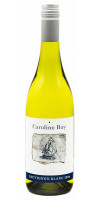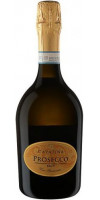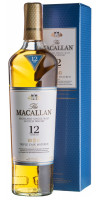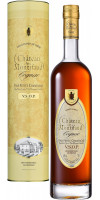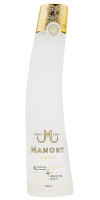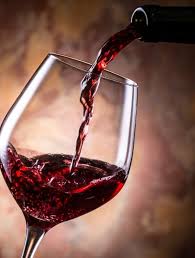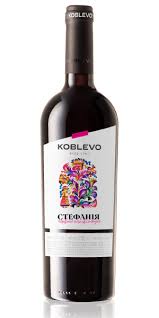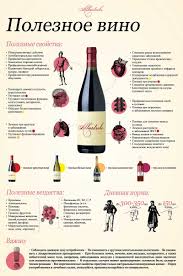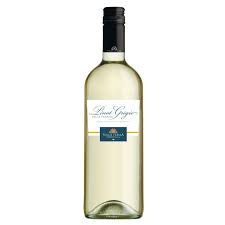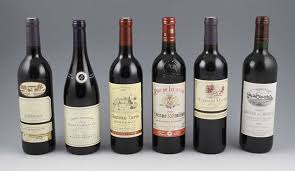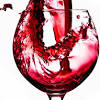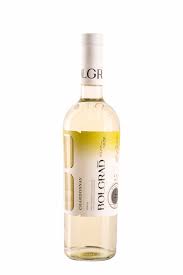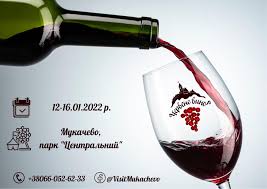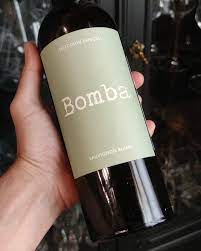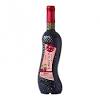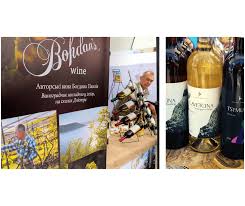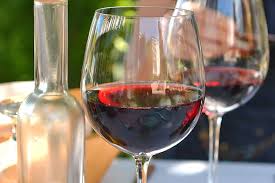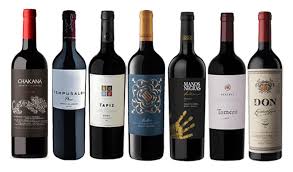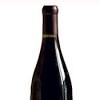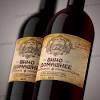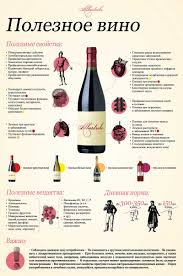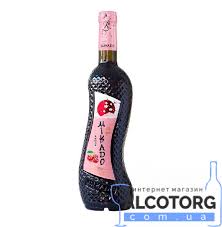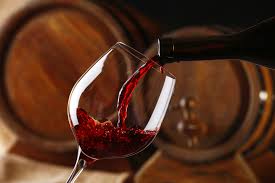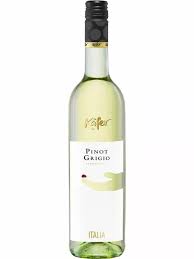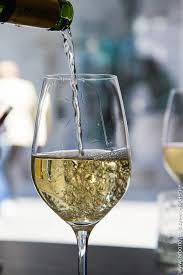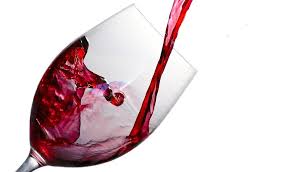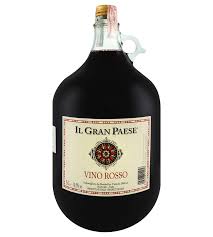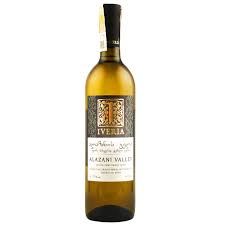
Спасибо за регистрацию в WineRow!
Вы будете уведомлены по электронной почте, как только Ваш Личный Кабинет будет активирован администрацией магазина.
Если у Вас есть какие-то вопросы, пожалуйста напишите нам.
Вы вышли из Личного Кабинета.
Ваша корзина покупок была сохранена. Она будет восстановлена при следующем входе в Ваш Личный Кабинет.
вине производители фантинел обем 0 75 л
And this grape, which is important, was not imported by the Romans or Greeks, as in France or Germany. He was local and not wild but civilized. There is a wealth of archaeological and historical evidence for why. What's more, even before the Thracians, the people of Tripil knew how to make wine, and they, as is known, lived between the 5th and 3rd millennium BC. on the territory of modern Ukraine. So we are not Georgians, whose history of winemaking is about 8,000 years old. But we can say that when the ancestors of modern Germans or Frenchmen ran around the village with sticks to catch wild boar for dinner, our ancestors were already drinking wine in whitewashed houses. Which is very important. Because where there is a vineyard there is culture, there is no place for barbarism. Жоден інший напій в світі не викликає стільки суперечок і пересудів. Практично кожна країна стверджує, що саме вона є батьківщиною заграв виноградного соку, а ті, хто не претендує на пальму першості, вважають, що тільки вони вміють робити «справжнє» вино. Археологи не можуть дати однозначну відповідь на питання «хто, де і коли винайшов вино?». Очевидно, що вже 8-10 тисяч років тому люди знали культурний виноград Vitis Vinifera, їли його плоди і пили його сік. По крайней мере, збереглися черепки глиняного посуду з залишками винного напою, а перші графічні і текстуальні свідоцтва існування вина датуються 4 тисячоліттям до нашої ери. Етимологія назви. За однією з версій сучасне слово «вино» родинно грузинському «ghvivill» – «цвісти, бродити». Фасмер (відомий німецький мовознавець українського походження), однак, простежує спільне коріння зі слов’янським «вити», а деякі дослідники навіть стверджують, що в основі терміна лежить санскритський корінь «vena» – «улюблений». Moving further south along the Dniester to the Mohyliv-Podilsky district, we can meet several more local grape varieties. And although these varieties are considered traditionally Moldovan, there is no doubt that they grew on both banks of the Dniester and not only on its Moldavian right bank. Ukrainian winemaking traditions are as old as the world. Although these traditions and technologies have survived many periods of decline, such as the Turkish rule in Podillya and other regions of Ukraine, or the Soviet era, when unique vineyards were destroyed in the mid-80s. Now the traditions of winemaking are being restored. Ukrainian wine-making and viticulture, regardless of complex social realities, is taking leaps and bounds through the thorns to the stars. New wines are emerging
По мне пьётся тяжело, наверное, надо разбавлять льдом или водой. ...
Дмитрий 07.01.2021
Лучший двенадцатилетний виски. Вкус мягкий, с приятной, не приторной сладостью. ...
Андрей 12.10.2022
Хорошее сбалансированное и зрелое вино с приятными нотами ванили и шоколада в бу ...
Маша 08.08.2022
Виски – крепкий алкогольный напиток с собственным характером. В составе присутствуют спирты ячменя, пшеницы или ржи. Производят также виски из кукурузы. Разнообразие видов и сортов огромное, так что в нем не трудно потеряться
ЧитатьСегодня в мире существует 4500 сортов красного вина, что предполагает невообразимое множество вкусов, ароматов и волшебное сочетание нот композиций
Каждый год 4 августа отмечают день рождения шампанского. В этот праздник принято открывать бутылку хорошего игристого и не спеша наслаждаться напитком
ЧитатьМясная гастрономия очень разнообразна. Она не только включает в себя виды основного продукта, но и сотни блюд
ЧитатьЧасто бывает, что в бутылке остается недопитое вино. Конечно, возникает логичная мысль – поставить его в холодильник, чтобы сохранить до следующего повода. Однако...
ЧитатьМногие любители крепких напитков уверены, что виски или скотч нужно пить без закуски, не перебивая вкус напитка продуктами.
Читать
